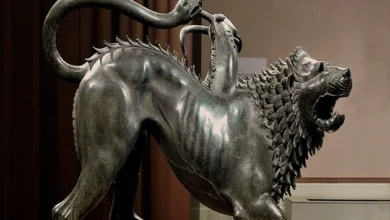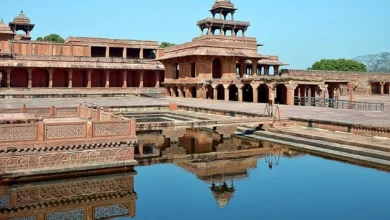What crowns did different rulers wear, and what did they mean ?
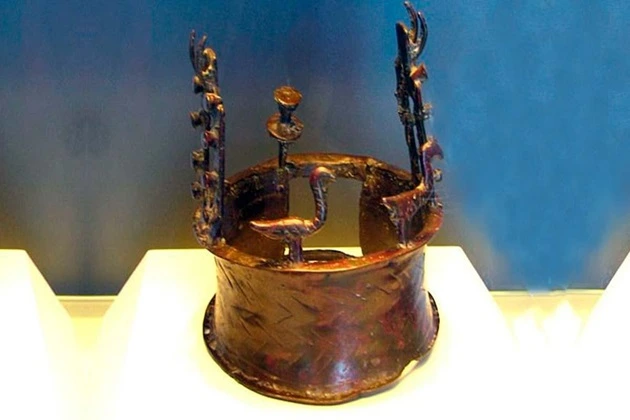
Crowns have adorned the heads of various rulers for millennia, symbolizing power, might, and the highest status. The crown symbol is inherent in many cultures, but it has yet to be discovered where and when it first appeared.
Scientists suggest that this happened during the Neolithic period when primitive people began to lead a sedentary lifestyle, a hierarchy appeared, and there was a need for a clear designation of the head of the tribe. The design of the Crown was based on the bright features of alpha males from the animal world – manes, horns, magnificent plumage, and the image of the sun as the basis of life on Earth.
The oldest known crowns

The oldest known Crown is a Copper Age crown found in the Nahal Mishmar treasure in Israel, in a cave in the Judean Desert. It dates back to about 4000-3300 BC. The Crown is made of forged copper and has elaborate decorations indicating its ceremonial and religious significance. It was founded in 1961 and is currently kept at New York University.
Thousands of years ago, the rulers of great monarchies decorated themselves with venerable hats or wreaths, considered a sign of power and the progenitors of crowns. In the East, the ancient symbol of power was a tall hat wrapped with a ribbon or cloth. Visit. A F R I N I K . C O M . For the full article .The ancient Greeks used a wreath of stephanotis leaves to symbolize power. In Ancient Rome, the prerogative of the supreme ruler was a laurel wreath of large leaves. The word “crown” in Latin means “wreath.”
In the Middle Ages, the Crown was considered a gift from God, as it was associated with the Crown of thorns worn by Jesus Christ during the crucifixion. It was also compared to the halo of angels, saints, and gods, and the closed circle of the crown rim was considered a symbol of immortality and eternity.
Symbols of power of the Byzantine Emperors

As a symbol of power, the Byzantine emperors wore gold headbands with precious stones on their heads, which were crowns of square or round plates connected by two beads. Such a crown was called a diadem. This name has come down to our days, denoting a plate crown.
Above the emperor’s forehead, a large gemstone with a semicircular gold nozzle in the middle of this Crown symbolized the Roman emperor’s power, wealth, and courage.
During Emperor Flavius Tiberius Constantine’s reign, another element was added to the Crown: a golden cross over a jewel on his forehead. According to Christian belief, Jesus Christ triumphed over death on the cross.
Crowns of medieval monarchs
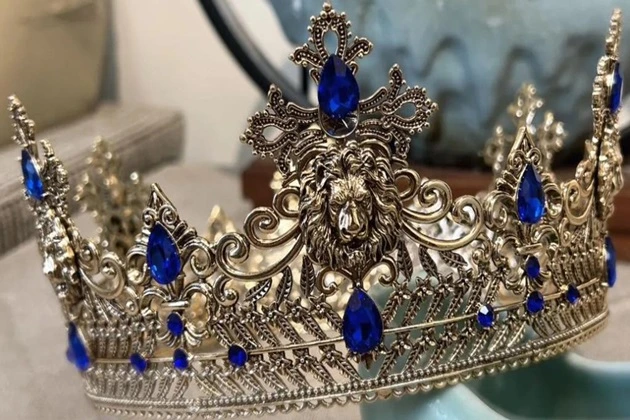
Crowns became extremely important in all the major European monarchies of the Middle Ages. They were usually worn during official events such as ceremonies, religious events, and important gatherings.
Crowns were considered symbols of power and status but were not necessary in everyday life. When alone or in an informal setting, the rulers could choose simpler headdresses.
In addition, crowns were usually heavy and bulky, making them uncomfortable for everyday wear. Thus, the Crown served as a ceremonial item rather than part of everyday attire.
Papal tiara Crown
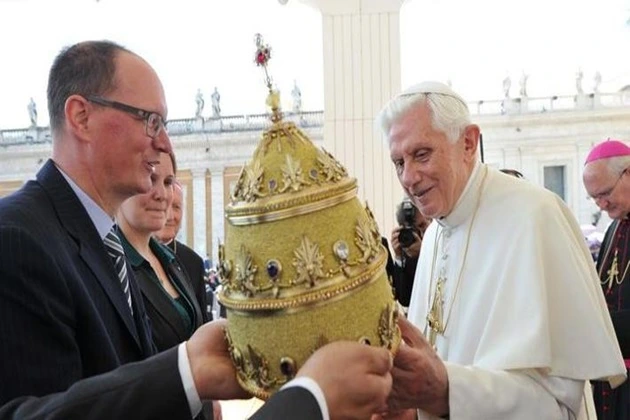
It was not only the emperors who demonstrated their power with crowns. The Pope also used the Crown as a symbol of power. The papal crown tiara originates from the tall headdresses of the ancient Persian and Assyrian kings. Early papal tiaras resembled a bishop’s mitre hat, Pope Constantine I wore a high lace cap made of white material without ornaments.
Later, the tiara turned into a triple crown about 30 centimeters high with hanging ribbons and three rings, which, depending on the interpretation, symbolized the divine Trinity or priestly, pastoral, and teaching authority.
Only in 1964, when Pope Paul VI gave away his tiara in favor of poor people, did the Crown become less used as a symbol of papal authority.
The Queen of All Crown is the imperial Crown

No other crown had as much influence and symbolic power as the imperial Crown. Made of pure gold and decorated with precious stones, the imperial insignia – the orb, scepter, and sword- were always under heavy guard.
The imperial Crown’s material and historical value is invaluable, and its creation is mysterious. For several centuries, the Crown was a vivid symbol of the Holy Roman Empire, which included significant parts of today’s Germany, the Netherlands, Belgium, eastern France, Burgundy, Switzerland, Austria, and almost all of Italy.
In the 19th century, crowns were often viewed as an outdated decoration required only by etiquette. The newly created kingdoms of Spain, Belgium, the Netherlands, and Greece were dispensed with a proper royal crown of gold and precious stones, content with a symbolic crown on their coats of arms.
Italy, France, Hungary, and England emperors wore special crowns. In Italy, this is the Iron Crown of Monza, made not of iron but gold, richly decorated with sapphires and gold ornaments on a green background. In France, there is a crown with golden lilies on a dark blue background. In Hungary, Stephen’s Crown is decorated with a unique curved cross, with pendants and chains made of gold.
There has never been a permanent royal crown in England. At each English coronation, two crowns were used: a heavy royal crown during the coronation itself and a lighter one, which was called the state crown. Later, the Crown of St. Edward was also created—a golden crown of lilies decorated with precious stones and pearls weighing almost 2.5 kilograms, which also crowned Elizabeth II.
The Crown of the Russian Empire
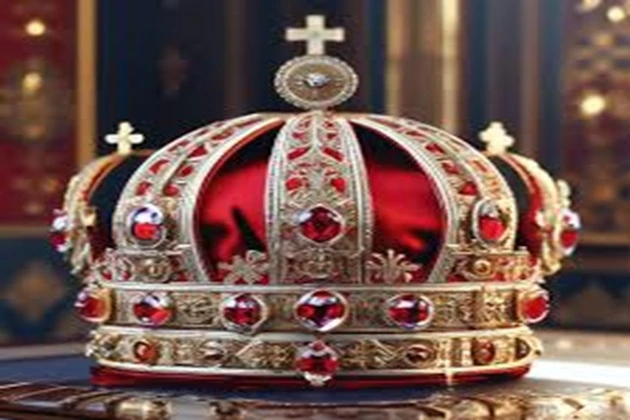
Before Peter the Great, it was customary in Russia not to “crown’ the tsar but to “crown the kingdom.” The main symbol of imperial power was the Monomakh Hat, which is currently kept in the Moscow Kremlin. Peter I borrowed the traditions of European monarchs and ordered the Crown of the Russian Empire for the first time, which he crowned his wife, Empress Catherine I.
This Crown, as well as many subsequent ones, was later disassembled — it was customary to order a new crown for each emperor’s coronation and later disassemble it. Only the Crown of Catherine II, called the Great Imperial Crown, was preserved, and all the Romanovs were later crowned.
The main Crown of the Russian Empire, made of silver and decorated with almost 5,000 diamonds and 75 natural Indian pearls, was used for the coronation process and solemn ceremonies. The last time Nicholas II wore it was at the State Duma opening ceremony in 1906.


